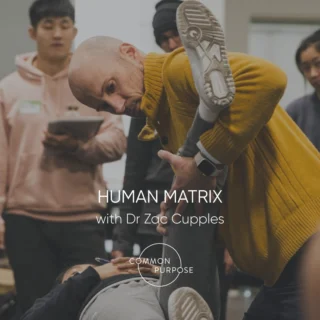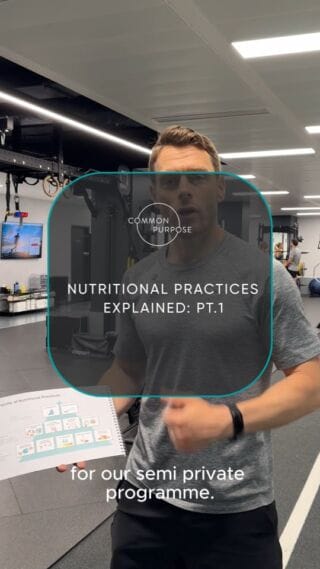Take Time to Reflect
Have a think about your long-term bad back or that stiff neck. Do you move it regularly? Is there variation to how you move it? Or do you move it a lot but only in one unique manner? Today’s life requirements have us sat down at desks for the best part of the day and this coupled with a natural drive for us to find a consistent and predictable routine means we probably do this a lot. However, such behaviour could be the very thing that is making your neck stiffness linger around.
Simple Ways to Increase Movement Variability
1. Change your desk/chair and schedule some ‘get up and be active time’.
The biggest changes you can make doesn’t have to be to overhaul your lifestyle and start up a vigorous exercise plan (although we’d always support our eager clients!).
Start by assessing what positions you spend a lot of your time in. Most of the time we find that our start-up clients who complain of such issues spend a big portion of their time sitting down each day. So, getting them to vary their desk position is normally the biggest and most beneficial issue to tackle.
We’d recommend looking into getting a desk that can convert into a standing desk and stand for a few hours a day. Then try and pencil in a 30min walk outside where you circle your shoulders, twist your head from side to side or bend over and touch your knees or toes.
2. Start a new exercise routine
Indeed the best way to vary your movement is by starting a new exercise routine, but this doesn’t have to be a 70’s style bodybuilding routine where you hit your chest muscles on a Monday!
Not all exercise has to be robotic and muscle targeted. Lifting, pushing, pulling, carrying, throwing, running, jumping are all trainable movements that you can develop and get better at and will certainly develop an individual’s skill in movement and ability.
3. Vary your goals and targets
This point may resonate with you if you have a special hobby or pursuit. Performing the same movement over and over doesn’t have to be simply residing in a static position like being seated at a desk.
Perhaps you’re an avid golfer whose been playing for a few decades and swing a club at the driving range 6 nights a week? If so then we would suggest trying to compliment your passion or hobby with something that may compliment your sport.
Improving your competency in the baseline movement patterns we assess, could be a great way to take your golf performance to the next level!
 Common Purpose Team
Common Purpose Team






